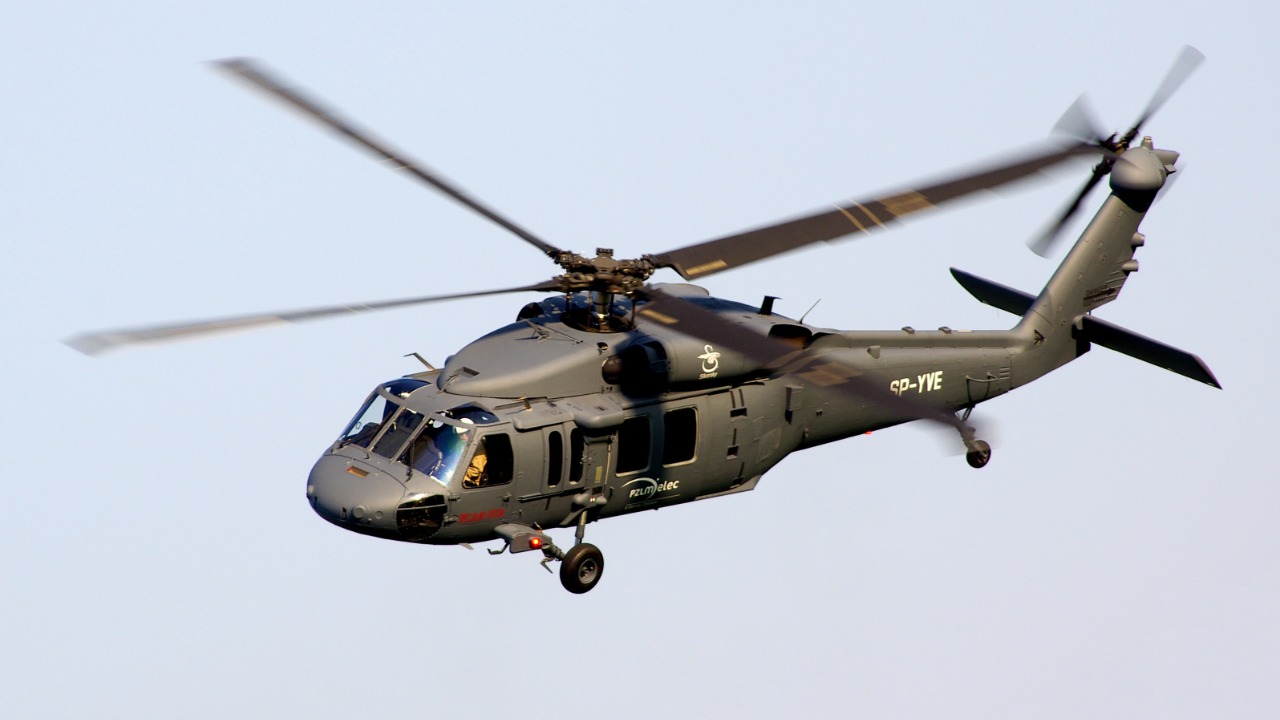
Sikorsky, a Lockheed Martin company, has recently revealed the S-70UAS U-Hawk, a groundbreaking transformation of the iconic UH-60 Black Hawk helicopter into a fully autonomous unmanned aerial system (UAS). This innovative development is set to revolutionize cargo operations and other mission profiles with its pilotless capabilities.
Development Background
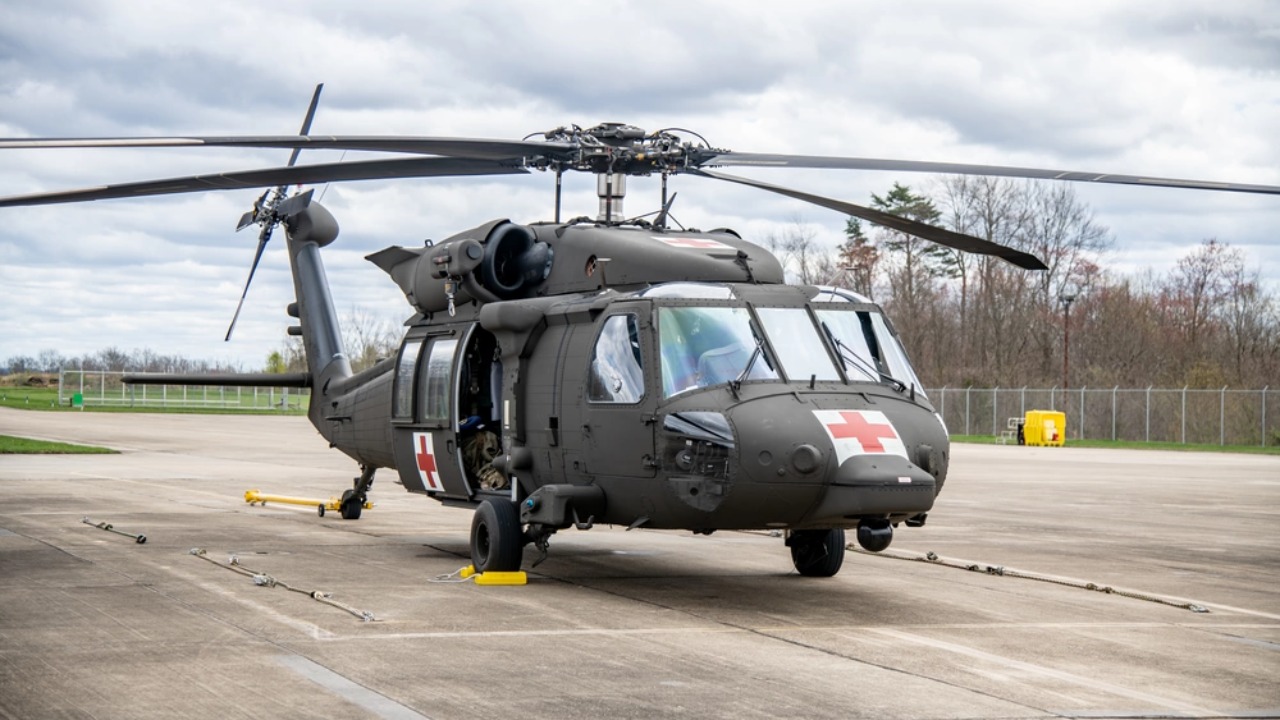
The evolution of the Black Hawk into the S-70UAS U-Hawk is a testament to Sikorsky’s commitment to enhancing the UH-60’s legacy through autonomy. The UH-60 platform has been a cornerstone of military and civilian applications for decades, and the introduction of the U-Hawk represents a significant leap forward in autonomous technology (Breaking Defense).
The unveiling event in October 2025 was a milestone in Sikorsky’s journey towards autonomy. Representatives from the company shared insights into the project’s timeline, highlighting the years of research and development that led to the creation of the U-Hawk (The Aviationist). The U-Hawk’s design was informed by technologies and partnerships from previous Sikorsky UAS programs, demonstrating the company’s continuous innovation in the field (AVweb).
Key Technical Specifications
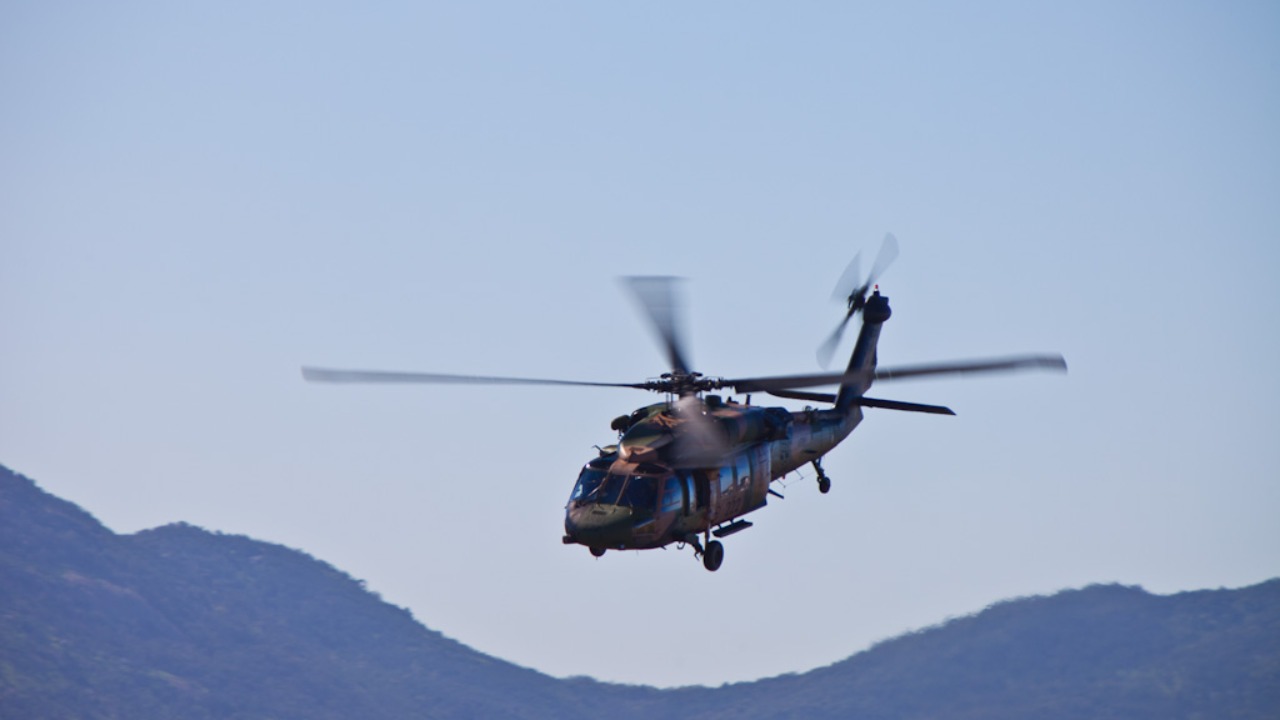
The S-70UAS U-Hawk retains the S-70 platform’s rotor system and payload capacity, despite significant airframe modifications to accommodate autonomous operations. This ensures that the U-Hawk can effectively carry out autonomous cargo operations, a key feature of the UH-60’s legacy (AeroTime News Hub).
Designed for unmanned missions, the U-Hawk boasts impressive propulsion and endurance figures. Specifics such as flight range and maximum takeoff weight have been tailored to meet the demands of autonomous operations (Air Data News). The U-Hawk also features advanced sensor and avionics integrations, including specific systems for navigation and obstacle avoidance, enabling full autonomy (Breaking Defense).
Autonomous Capabilities
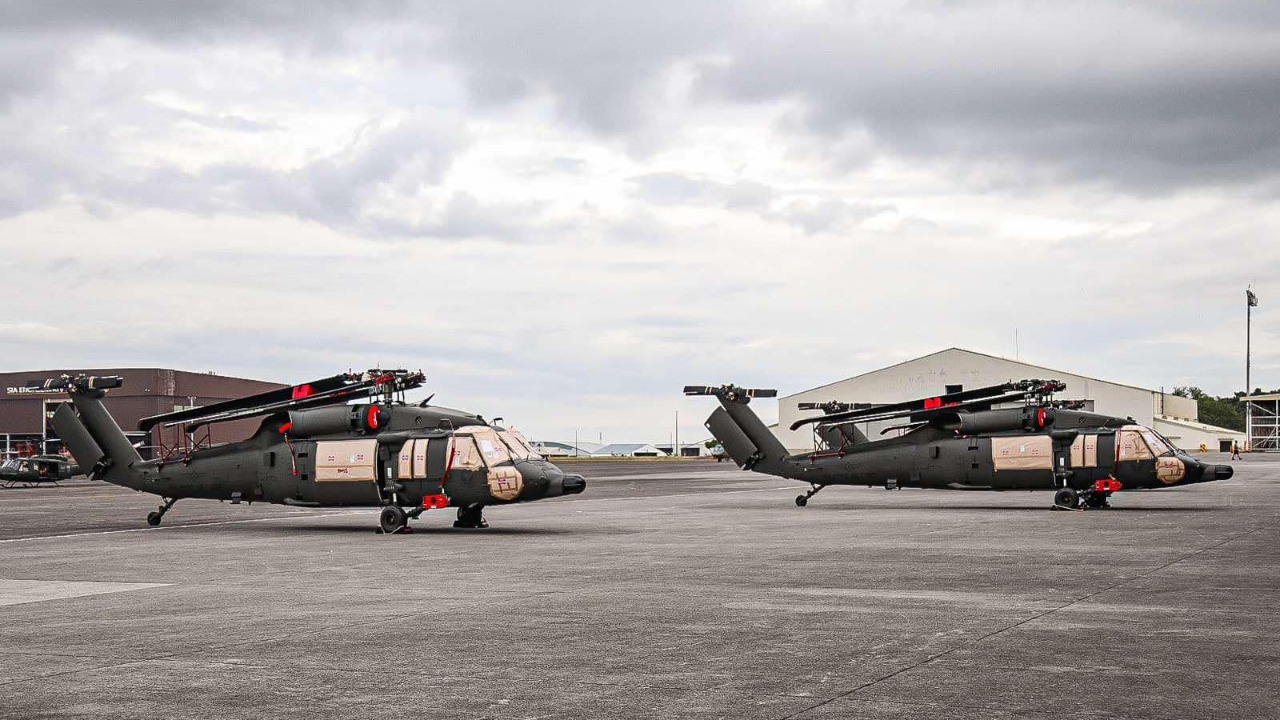
The S-70UAS U-Hawk has been designed without a pilot station, replaced instead by remote control and AI-driven flight systems. This allows for fully autonomous operations, a significant advancement in the field of unmanned aerial systems (Breaking Defense). The flight control software features include autonomous takeoff, landing, and mission execution without human intervention, further enhancing the U-Hawk’s autonomous capabilities (AVweb).
Safety has been a key consideration in the development of the U-Hawk. The UAS features safety redundancies, including fail-safe modes, and Sikorsky is pursuing certification pathways for UAS integration into airspace, ensuring the U-Hawk can operate safely alongside manned aircraft (The Aviationist).
Applications and Mission Profiles
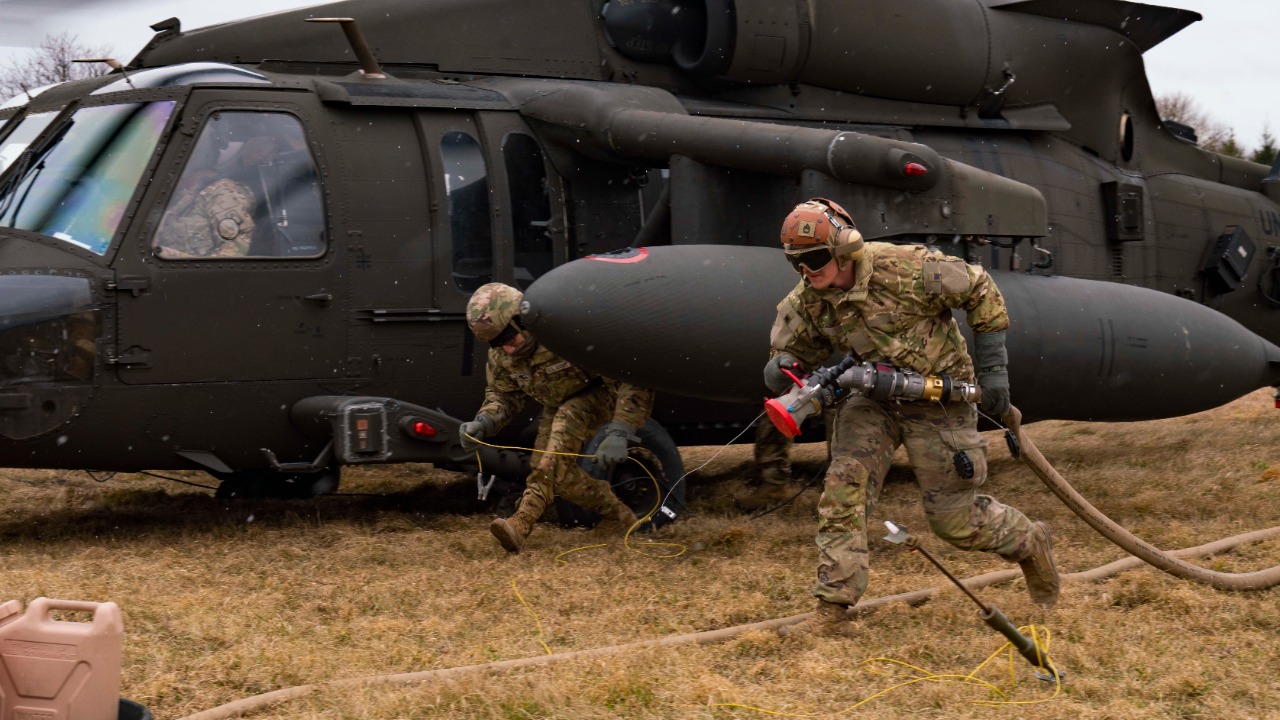
The U-Hawk is expected to play a significant role in cargo delivery, particularly in military resupply and disaster relief scenarios. Its autonomous capabilities allow for efficient and safe delivery of supplies, even in challenging conditions (AeroTime News Hub). Beyond cargo operations, the U-Hawk can also be utilized for surveillance and reconnaissance missions, leveraging the Black Hawk’s versatility in an unmanned format (Air Data News).
Furthermore, the U-Hawk’s adaptability for special operations is noteworthy. The autonomous nature of the U-Hawk reduces risk to personnel in contested environments, making it a valuable asset for military operations (Breaking Defense).
Future Deployment and Industry Impact
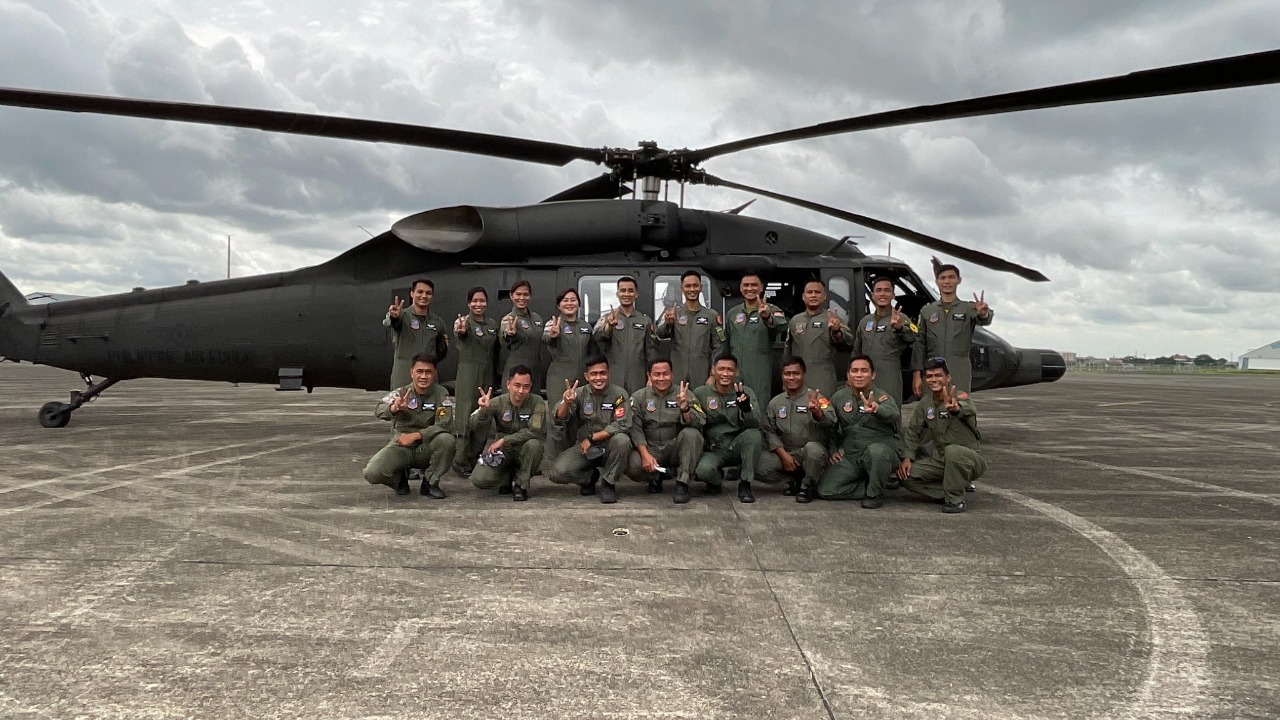
Following the 2025 unveiling, Sikorsky has planned testing phases and timelines for the operational deployment of the S-70UAS U-Hawk. The successful implementation of the U-Hawk could significantly impact the UAS industry (The Aviationist). The U-Hawk’s entry into the market could spark competition with other UAS helicopters, and Sikorsky’s strategy for commercialization will be closely watched by industry observers (AVweb).
Regulatory hurdles will be a key challenge for the deployment of the U-Hawk, particularly in terms of airspace integration and safety certification. However, the U-Hawk also presents potential export opportunities, which could further expand Sikorsky’s influence in the global UAS market (AeroTime News Hub).